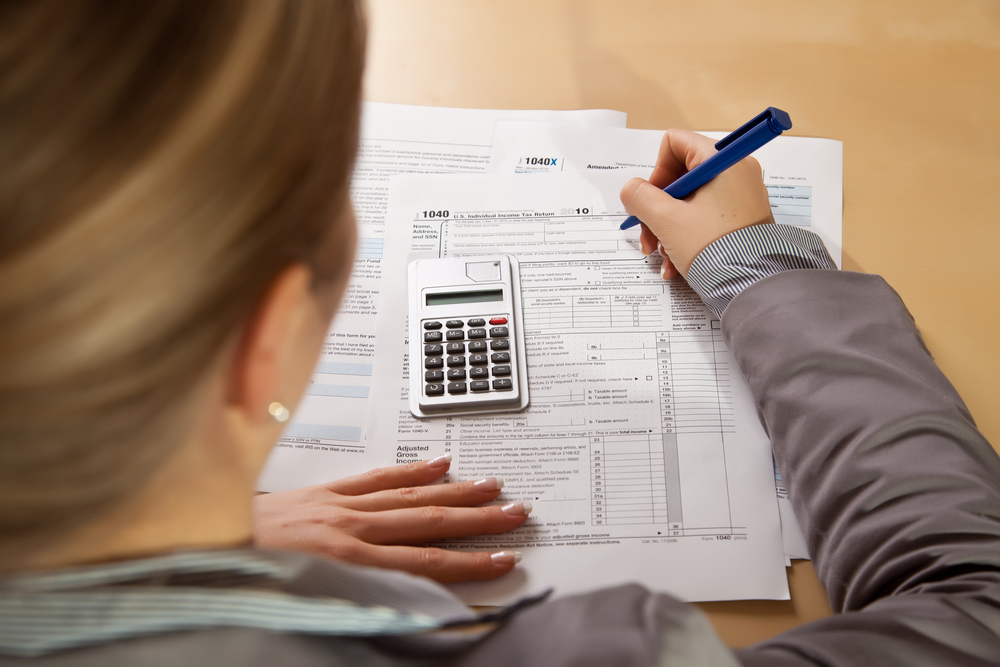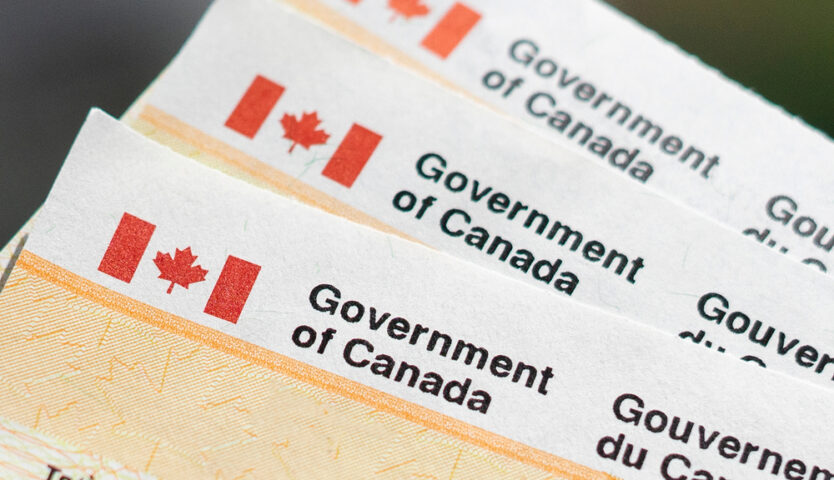
Have you reached a point with your small business where handling your finances is becoming difficult and stressful?
When you’re passionate about what you are doing, starting a business is easy. Running it, however, involves many moving parts.
And if you don’t have the experience or know-how, the challenge can quickly turn to frustration and even negatively affect your small business’s performance.
So what do you do? The short answer is to hire an accountant who can manage all the financial aspects of your small business.
There are many benefits to hiring an accountant and there are a variety of financial responsibilities they can manage on your behalf.
Keep reading to learn more about these benefits and what an accountant can do for your small business:
Should You Hire an Accountant or a Bookkeeper?
Before we get into the benefits of hiring an accountant for your small business, let’s look at the difference between an accountant and a bookkeeper.
Simply put, an accountant can be a bookkeeper but a bookkeeper cannot be an accountant.
Bookkeepers are able to generate data about the activities of your business through handling day-to-day financial tasks such as recording financial transactions and purchases, managing receipts and tracking sales and payments.
They can provide you with financial insights based on the data collected through bookkeeping.
Accountants, on the other hand, use high-level processes to take that data collected through bookkeeping and produce financial models and projections. They also prepare financial statements, analyze the cost of operations and prepare complex tax returns.
They can also take an advisory role by guiding you through important financial decisions.
You may feel that your small business doesn’t require that level of support in the early stages but, don’t forget, when you hire an accountant you are getting a bookkeeper as well!
Hiring an accountant to focus on bookkeeping tasks is a great way to establish a relationship with someone who has a vested interest in your finances. Once your business starts to grow, you’ll have them by your side helping you through major decisions.
The Benefits of Hiring an Accountant
Before you attempt to handle your small business’s finances all on your own, consider these six benefits to hiring an accountant:
Create a Business Plan
Whether your small business is already off the ground or you’re looking to get it started, an accountant can be beneficial during the early stages by helping you create an effective business plan.
Business plans are crucial when it comes to opening up access to essential finances in order to get your business started or to help your business grow.
An accountant can help you by ensuring all of the necessary financial details are included in the document.
Organize Your Finances
Once your business is up and running, you need to keep a very close eye on your accounts and make sure everything is in order. This is where having an accountant comes in handy.
Your accountant can help to maintain and organize your business accounts year-round, making it easier for you to understand the financial health of your business throughout the year.
An accountant will help you establish a system for organizing receipts and invoices as well as other important financial documentation your business handles.
Record Your Revenues
When your small business provides goods and services to customers and clients, you’re only going to make money if they are invoiced. If you have difficulty keeping track of invoices and payments, an accountant can help you out.
An accountant will ensure that invoices are sent to customers on time and keep track of the payments that are made. They can also keep track of outstanding invoices and missing payments.
In order to make sure you are consistently earning revenue through your business, it’s helpful to have an accountant assist with the billing and invoicing.
Help You Save Money
Yes, hiring an accountant is an added expense but by having your finances properly organized, you’ll end up saving money!
The monthly reports drawn up by your accountant will help you get a clearer picture of where your money is going. This way, you can see where you are overspending and where you can cut back spending.
Having an accountant will help you better understand your overall spending patterns and habits, allowing you to better strategize your business’s finances.
Do Your Taxes
Filing business taxes is nothing like filing personal taxes – and you want to make sure they are done properly to avoid an audit.
You also want to make sure you are maximizing your return by claiming everything you are eligible to claim. For these reasons, it’s best to have an accountant handle your business taxes.
Plus, should you face a random audit, all your paperwork and receipts will be well-organized, making the process quick and painless.
Save You Time
Lastly, you should consider the fact that running a small business is a huge endeavor. There are enough hours in the day to manage every aspect of your business.
Instead of trying to figure out how to deal with your business’s finances on your own, and wasting time doing so, you can hire an accountant to take care of it for you.
They are educated, experienced and able to streamline the process of caring for your business’s financial health.
With an accountant on board, you can shift your focus and energy to growing a successful small business!
We’re Not Just Number Crunchers!
Hopefully, you have a better understanding of exactly how an accountant can benefit your small business and help you save not only money but time as well.
If you’re ready to take your business to the next level, our accountants are ready to help! Liu & Associates is a full-service accounting practice that offers financial services for your small business.


















